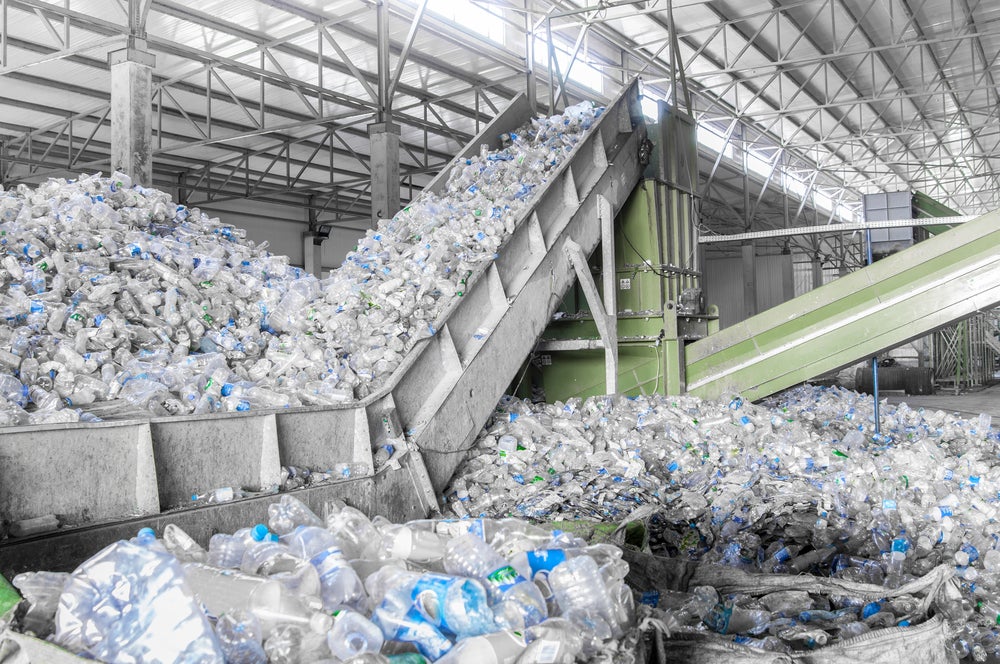
On 7 March, waste collection and recycling company Stichting Afvalfonds Verpakkingen (The Waste Fund Packaging Foundation) presented a new plastic guide announcing goals to reach 100% circularity by 2050.
Stichting Afvalfonds Verpakkinge set new aims of reaching 100% fossil-free packaging and 0% packaging litter by 2050. The plastic guide called for a raw materials transition in order to reach a truly circular economy, stating this cannot be achieved by optimising or innovating the current system.
A spokesperson from Stichting Afvalfonds Verpakkinge told Packaging Gateway exclusively: “There has always been a big need for cooperation in order to achieve a more efficient system and make steps towards a circular economy for packaging. Now more than ever, we need a completely new way of thinking and operating in the cycle, from packaging to recycling and the reuse of recycled material.
“By only improving the existing system, we won’t accomplish enough to reach our goals. Wasting reduction and reusing materials is more and more important, in addition to recycling,”
The Netherlands-based company’s latest aims are in addition to its goals set for 2030. This includes 100% collection and reuse systems in NL being of high quality and uniform, 100% of the producers/importers getting their share of recyclate back 100% of the packaging is recyclable and where possible, the packaging is reusable.
“We need a bigger capacity for recycling and innovation in recycling in Europe. Manufacturers can only use recycled plastic in their packaging if its quality is in order.”

US Tariffs are shifting - will you react or anticipate?
Don’t let policy changes catch you off guard. Stay proactive with real-time data and expert analysis.
By GlobalDataThe spokesperson for SAV said the municipalities’ way of collecting plastic should improve to become more consumer-friendly and operate under one or two national systems.
“This makes it easier and possible to communicate nationally. It is also possible to intensify efforts in order to reduce the pollution of packaging waste with other residual waste,” the spokesperson continued.
Need for new plastic recycling infrastructure
This is a view shared by other packaging industry experts. Last month Packaging Gateway reported on the opening of a new recycling plant in Scotland that is able to process hard-to-recycle plastics.
Business development manager at greek plastic packaging provider Lairplast, Nektarios Papanikolaou, told Packaging Gateway exclusively at the time that he believes governments and the EU should invest more in recycling infrastructures and in educating the public on how to dispose of waste correctly rather than proposing alternative solutions.
Associate analyst at GlobalData Rory Gopsill also noted it was important to consider that certain packaging materials cannot be recycled indefinitely.
He said: “Plastic is an unfortunate example of this and Greenpeace have found that the more it is reused, the more environmentally damaging plastic becomes. The recycling infrastructure proposed may not enable packaging companies (or any that utilize plastic packaging in their production) to work within a truly circular model.”



